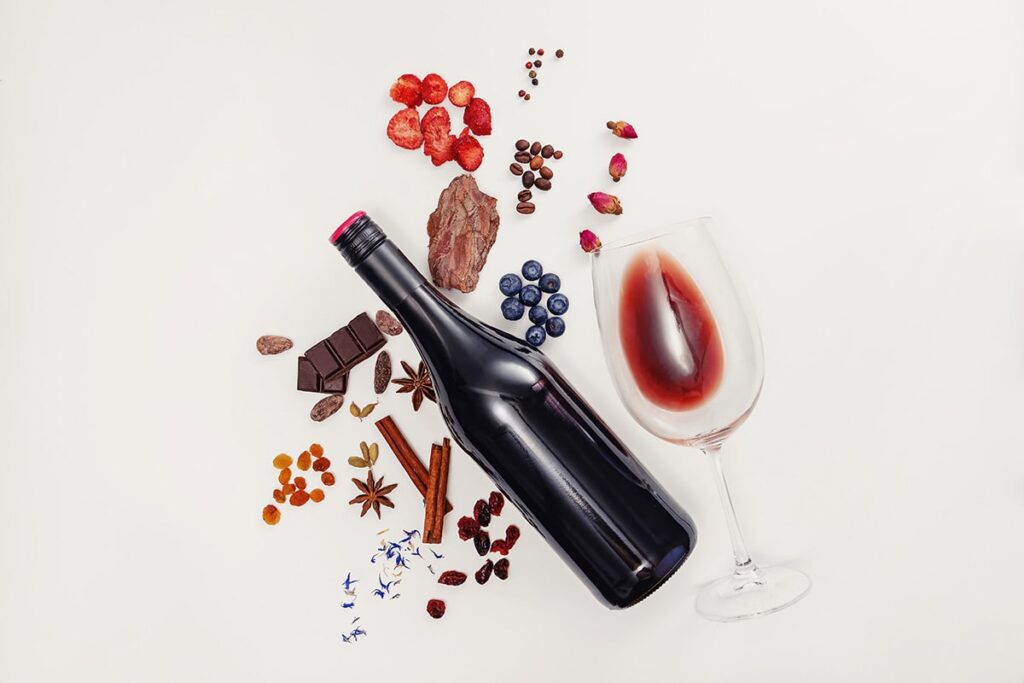Tannins: they're the buzzword you hear swirling around wine circles, but what exactly are they? If you've ever experienced that puckering, drying sensation in your mouth after sipping a bold red, you've encountered tannins in action. But there's much more to these intriguing compounds than meets the taste buds.
So, What Are Tannins?
Tannins are naturally occurring chemical compounds found in various plants, including grapes (the source we're most interested in!). In wine, they primarily come from the grape skins, seeds, and stems. Think of them as the grape's defense mechanism, protecting it from pests and elements.
Why Do We Care About Them in Wine?
Tannins play a significant role in the overall structure, texture, and aging potential of a wine. They're what give a wine that grippy, astringent quality – a feeling not unlike steeping a tea bag on your tongue for too long. In moderation, tannins contribute to complexity, balance, and a longer finish.
How Do Tannins Influence Wine?
- Structure and Body: Tannins act like the backbone of a wine, providing structure and body. They contribute to a wine's weight and firmness on the palate.
- Astringency: The drying, puckering sensation we mentioned earlier? That's astringency. Younger wines often have more pronounced tannins, leading to a more astringent mouthfeel.
- Bitterness: Tannins can add a touch of bitterness to a wine, but it's usually balanced by other flavor components like fruitiness and acidity.
- Aging Potential: High tannin wines tend to age well. Over time, tannins soften and integrate with the other elements, leading to a smoother, more complex wine.
Red vs. White: The Tannin Tale
Red wines are generally higher in tannins than whites because they're made with skin contact during fermentation. White wines, with less skin contact, typically have lower tannin levels.
Food Pairing Fun with Tannins
High-tannin wines pair beautifully with fatty foods like red meat or hard cheeses. The fat helps to soften the astringency of the tannins, creating a harmonious pairing.
Examples of High-Tannin Wines:
- Cabernet Sauvignon
- Nebbiolo
- Syrah/Shiraz
- Petite Sirah
- Tannat
Examples of Low-Tannin Wines:
- Pinot Noir
- Gamay
- Dolcetto
- Beaujolais
Experiment and Discover!
The best way to understand tannins is to taste a variety of wines. Pay attention to how the tannins feel in your mouth and how they evolve as you taste. The more you explore, the more you'll appreciate the fascinating role tannins play in the world of wine!





